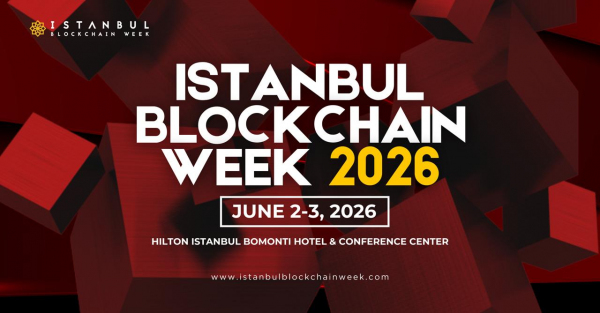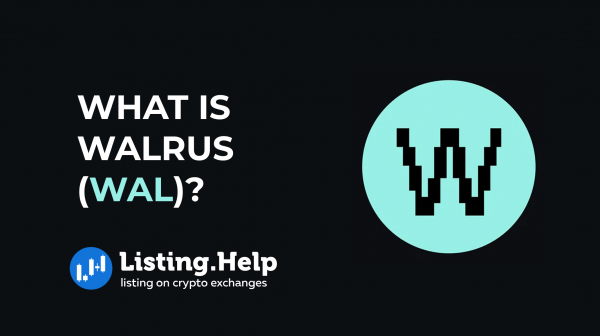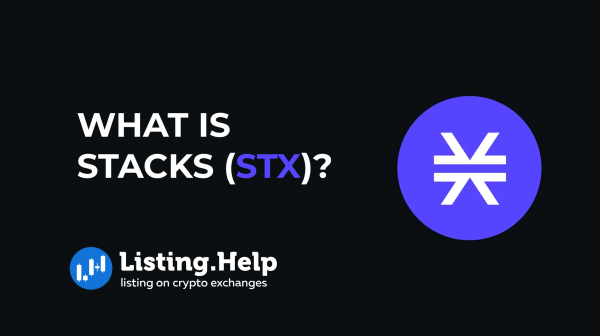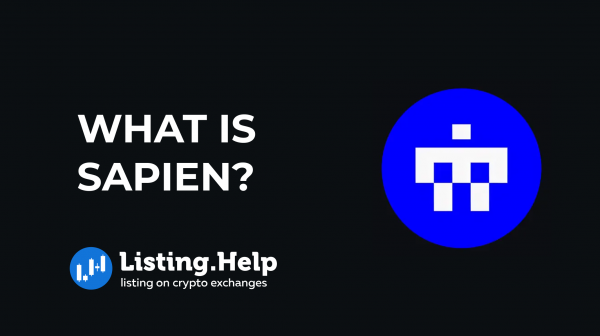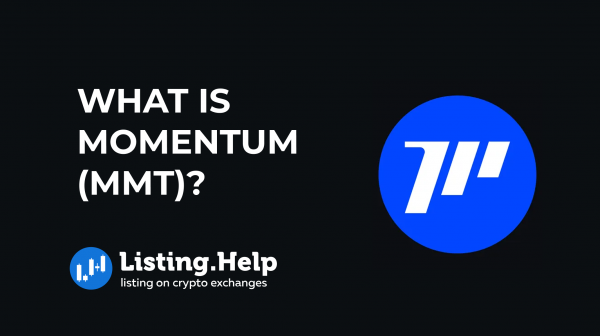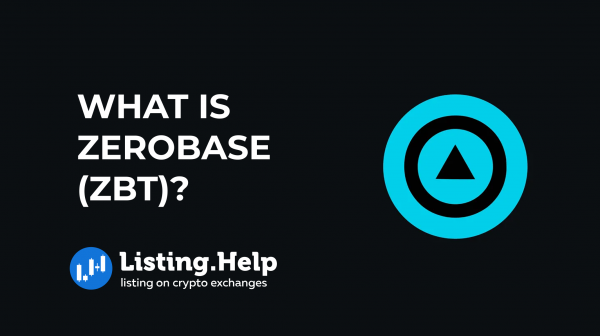What is Arbitrum (ARB)?
 August 20, 2025
August 20, 2025 Updated: August 20 2025, 07:33
Updated: August 20 2025, 07:33
LEAVE A REQUEST
Launching your own token project? Our experts are ready to help with listing on exchanges, market making, marketing and other solutions
SUBMIT APPLICATIONArbitrum is a Layer 2 solution built to make Ethereum faster, cheaper, and more scalable. It relies on optimistic rollups to process transactions efficiently while keeping the security of the Ethereum mainnet. Developers can create decentralized applications on Arbitrum the same way they do on Ethereum, but users benefit from lower fees and quicker confirmations.
What is Arbitrum?
Arbitrum is a set of scaling technologies powered by the Arbitrum Nitro stack. It uses optimistic rollups to handle transactions off-chain, bundle them, and post a summary to Ethereum. Unless challenged, these results are accepted as valid. If a dispute occurs, Ethereum checks the contested part of the transaction batch.
The main parts of the Arbitrum ecosystem are:
- Arbitrum One: A rollup chain where all transaction data is stored directly on Ethereum for maximum transparency.
- Arbitrum Nova: An AnyTrust chain that reduces costs by storing data off-chain through a Data Availability Committee.
- Arbitrum Orbit Chains: Customizable chains that can operate as Layer 2s (settling on Ethereum) or Layer 3s (settling on another L2), tailored for specific governance, performance, or cost needs.
How Arbitrum Works?
Sequencer
When you send a transaction, it first goes to the sequencer, which determines the order and gives instant confirmation. Applications and wallets can show results right away because this ordering is broadcast in real time.
The sequencer then groups transactions into batches, compresses the data, and posts them to Ethereum (or a parent chain). This reduces costs and speeds things up, since Ethereum does not verify every single transaction right away — it only steps in if there’s a dispute.
Dispute Resolution
If suspicious activity is spotted, anyone can challenge it within a fixed window. Ethereum then replays only the disputed transactions using Arbitrum’s Bounded Liquidity Delay (BoLD) protocol, a multi-round fraud-proof process.
If fraud is detected, the system re-executes the transaction, corrects the state, and slashes the stake of those who backed the fraudulent action. Transactions are considered provisionally confirmed once the sequencer accepts them and fully finalized after Ethereum processes the batch and the dispute period ends.
Technology Stack
Arbitrum runs on Nitro, which is built on a modified Ethereum client (Geth). It uses WebAssembly (WASM) in its virtual machine to handle dispute checks. This design closely mirrors Ethereum but is optimized for higher throughput at lower cost.
The upcoming Stylus upgrade, currently on testnet, introduces a second virtual machine that runs alongside the Ethereum Virtual Machine. The EVM still supports Solidity smart contracts, while Stylus enables WASM-based contracts written in languages like Rust, C, and C++. Both environments work together, allowing developers to enhance existing apps or build new ones with greater flexibility and speed.
The Arbitrum Ecosystem
All Arbitrum chains are built on the same technology and rely on optimistic rollups for resolving disputes. The difference between them lies in how transaction data is stored and in the balance each network strikes between decentralization, cost, and performance.
Arbitrum One
Arbitrum One is a public optimistic rollup chain. Transactions are processed off-chain, and the full data is posted to Ethereum, allowing anyone to verify the state of the chain without depending on intermediaries. This setup emphasizes transparency and decentralization, making Arbitrum One suitable for high-value applications such as DeFi platforms and NFT marketplaces.
Arbitrum Nova
Arbitrum Nova uses the AnyTrust Protocol, which also runs on optimistic rollup technology but handles data differently. Instead of publishing every transaction directly to Ethereum, Nova relies on a Data Availability Committee (DAC) to keep data off-chain. The DAC consists of selected entities that provide the data when needed.
This reduces fees significantly but requires trust that a portion of the DAC remains honest. If the DAC fails or a dispute emerges, Nova switches into rollup mode and posts the data to Ethereum for resolution. This makes Nova better suited for high-volume, low-cost applications, such as games and social apps handling frequent, low-value transactions.
Orbit Chains
Orbit chains let developers build their own Rollup or AnyTrust networks. These can function as Layer 2 chains connected to Ethereum or as Layer 3 chains connected to other Arbitrum networks, like Arbitrum One or Nova.
They are customizable while still benefiting from the security and compatibility of the Arbitrum stack. Developers can choose governance rules, gas tokens, privacy options, transaction capacity, and data storage methods. This makes Orbit chains attractive for specialized purposes, including enterprise systems or private applications.
Arbitrum Bridge
The Arbitrum Bridge enables the transfer of assets between Ethereum and Arbitrum. Deposits of ETH or tokens from Ethereum to Arbitrum are quick, often within minutes. Withdrawals from rollup chains back to Ethereum, however, take about a week due to the fraud-proof period.
Fast-bridge services offer near-instant withdrawals for a fee but add a layer of trust in the provider. AnyTrust chains generally allow faster withdrawals since their data storage model is different.
Limitations
Withdrawal delay
Funds withdrawn from a rollup chain take around seven days to reach Ethereum, reflecting the fraud-proof process. While fast bridges shorten this to minutes, they add extra costs and require trust in third-party services.
Centralization issues
Not all parts of Arbitrum are fully decentralized yet. AnyTrust chains depend on a small DAC for data storage. If enough members act dishonestly, data could be withheld, limiting dispute resolution.
On Arbitrum One, the sequencer is still operated by Offchain Labs, and validators are permissioned. The DAO intends to expand these roles gradually, but some reliance on centralized operators remains for now.
What is the ARB Token?
ARB is the native token of Arbitrum and is used in several ways:
- Voting: ARB holders take part in DAO governance, making decisions on upgrades, parameters, and treasury use.
- Delegation: Tokens can be delegated to trusted representatives who vote on the holder’s behalf.
- Funding: The DAO treasury provides grants to projects, tools, and infrastructure to expand the ecosystem.
- Security: ARB holders elect the Security Council, which has limited powers to act in emergencies, such as fixing vulnerabilities or responding to attacks.
The ARB token is listed on many platforms, including BitMart, Bitstamp, LBank and Bithumb. If you’re looking to list your token on similar platforms, understanding the token listing process and crypto exchange listing fees is essential.
Conclusion
Arbitrum strengthens Ethereum by running transactions off-chain while using Ethereum for settlement and security. With Arbitrum One, Arbitrum Nova, and customizable Orbit chains, the ecosystem supports everything from DeFi applications to games and social platforms.

For more insights and updates on the crypto world, don’t forget to check out our blog at Listing.Help.




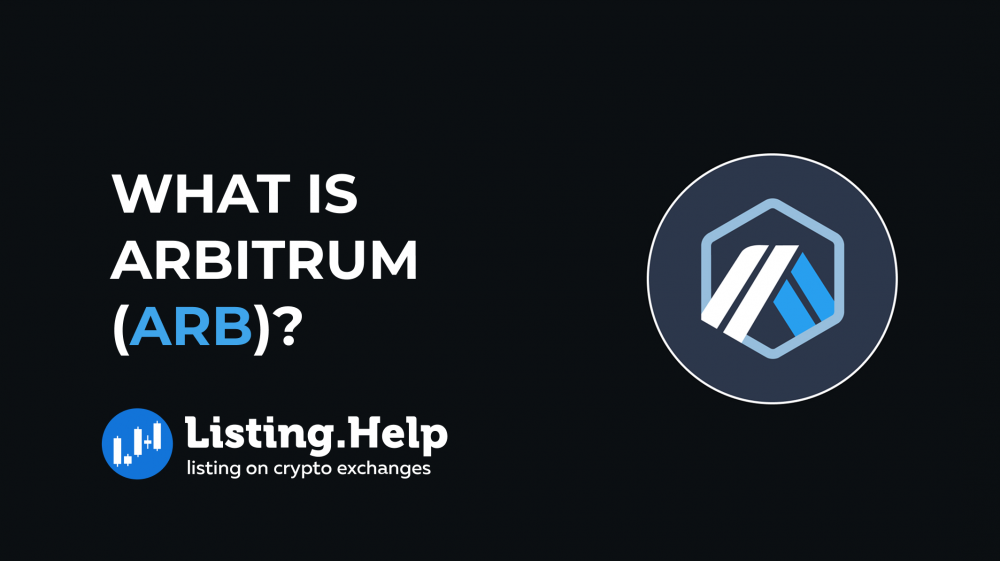

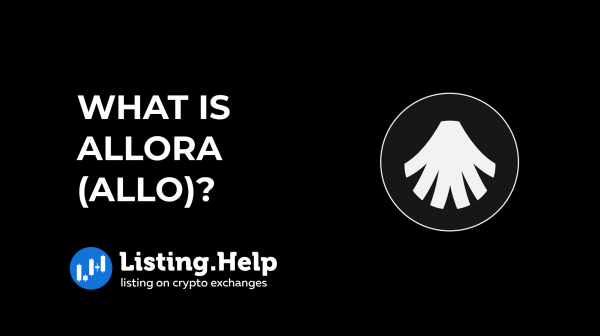
 December 29, 2025
December 29, 2025 